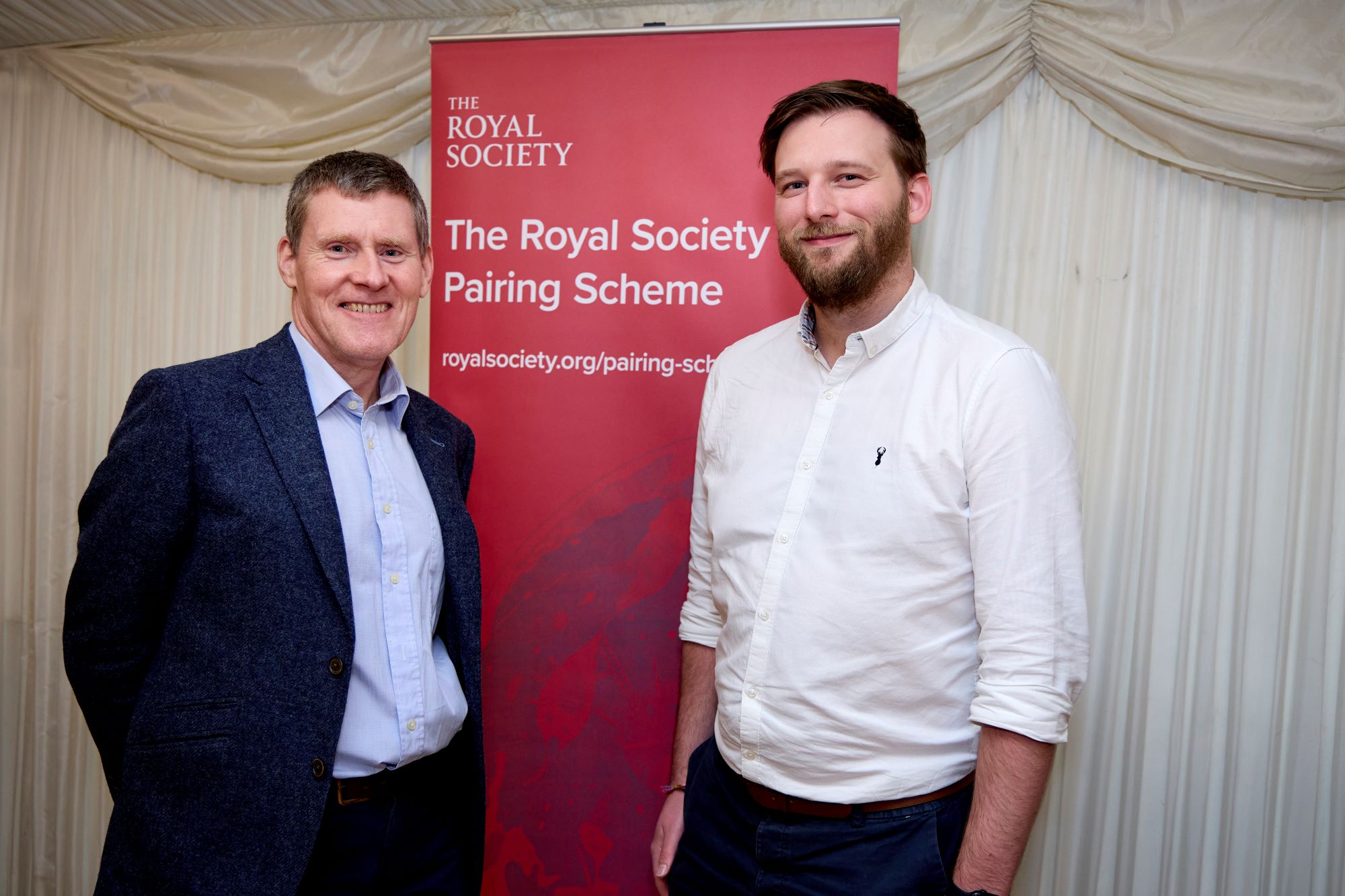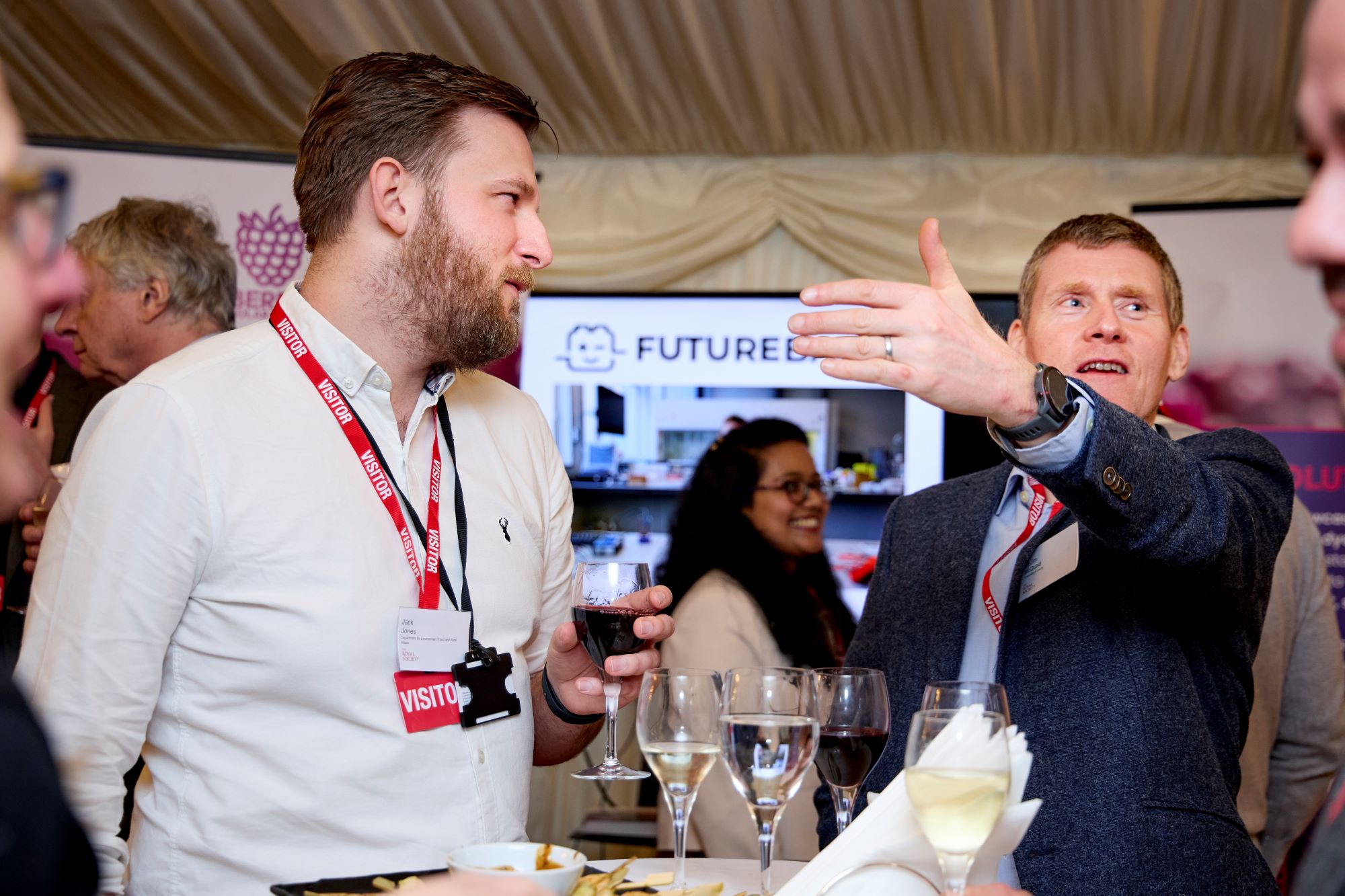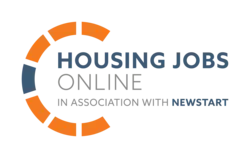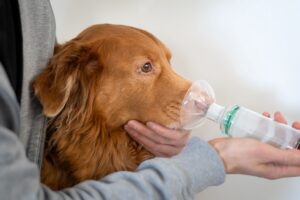Emily Whitehouse sits down with air quality expert Dr Jim McQuaid, from the University of Leeds, to discuss his recent experience of this year’s Royal Society Pairing Scheme.
Over recent months, Dr Jim McQuaid has become quite a regular feature in Air Quality News. Jim, who currently works at the School of Environment at the University of Leeds, featured in our November magazine issue, discussing the fallout from firework displays. We also covered his recent research examining how different climate change scenarios would affect pollution-related deaths in Europe by 2050.

Dr Jim McQuaid (left) with Defra’s Jack Jones
However, once we found Jim had been selected to take part in this year’s Royal Society Pairing Scheme, we couldn’t pass up the opportunity to exploit his expertise further.
‘Hello,’ Jim yelled as he joined our teams chat. ‘It’s really nice to be talking to you again,’ a smile spreading across his face.
‘The Royal Society Pairing Scheme is one of the most impressive projects I’ve ever been a part of,’ Jim continues. ‘In a nutshell, academics who want to apply have to fill out a series of questions that are made up of around 100 words. You have to specify what you think you could input to government, and I chose air quality. Overall I think around 400 people applied, but only 30 of us were chosen to take part, and I’m really proud that three of us came from Leeds.
‘All three of us came from different disciplines, but we all had an environment focus. I think the government were really keen to hear from a lot of environmental experts this year, considering they’ve set some pretty huge targets and we’re just five years away from the 2030 net zero goal.’
The Royal Society Pairing Scheme was founded in 2001 and has been taking place every year since. The programme, which is delivered in partnership with the Government Science & Engineering (GSE) Profession, invites scientists for a ‘week in Westminster’ and pairs them up with a member of parliament – this can be an MP, a peer or a civil servant. The whole idea aims to ensure policymakers can make the best decisions based on concrete scientific evidence.
‘The scheme is basically the mechanics of how academic evidence gets through to government,’ Jim says. ‘Authorities are eager to access real data because the number of genuine scientists in parliament is pretty sparse, often MPs comes from backgrounds associated with finance or law. Though this does mean that people like us won’t be put out of a job anytime soon.’
‘On a serious note, one of the MPs who used to take part in the scheme was Keir Starmer, so the evidence and topics we take to Westminster could one day be in the hands of the future prime minister,’ Jim explains.
‘The person that I was paired up with was Jack Jones who is a senior scientist from Defra, and I couldn’t have been happier about it. I was able to speak with the Defra Futures team and discuss some of the biggest challenges hindering clean air targets. Some of the main areas of concerns that we talked about were emissions that come from the planning sector and wildfires.’
The latter is a particular cause for concern. The most recent figures from the Global Wildfire Information System show this year the UK have already experienced a record-number of wildfires, with more than 29,200 hectares burned. To put this into context, the previous high, which was recorded in 2019, was 28,100 hectares for the entire year.

Alongside discussing air pollution threats, Jim also explains he was excited to take part in the pairing scheme so he could enquire about upgrading low-cost air pollution sensors. He says: ‘We have quite an expansive network of low-cost sensors in Leeds, and while they do the job, the way Defra monitors air pollution is probably better. The Defra Air Quality Expert Group have published a report on them and are thinking about how they can be used within English regions, but there will be a significant difference between the quality of data obtained from sensors that cost around £200 and an AURN monitoring site.
‘One of the main downfalls with low-cost sensors, I’ve found, is how they’re marketed to the general public. Our sensors are mostly set up in quite residential areas which can cause problems. For example, if someone is having a BBQ or a bonfire, and the sensor is quite close to it, they could send a signal to the council that the air quality in that area is particularly poor, when most of the time that isn’t the case.’
Another topic that Jim says he was particularly keen to investigate was the progress on Ella’s Law – a bill that was first introduced into parliament in May 2022 following the death of Ella Roberta Adoo Kissi Debrah. The legislation aims to establish a right to clean air and would set up a commission to oversee government actions.
‘I think the action being taken to improve indoor air quality is really positive,’ Jim says. ‘The government passed Awaab’s Law pretty promptly and it’s certainly a step in the right direction to hold landlords and councils accountable for housing people in unsafe conditions. However, I wish the same speed would be applied to Ella’s Law. The legislation was introduced three years ago, and it doesn’t seem to be getting any closer to achieving Royal Assent. I just hope the government make it a priority soon, especially before another general election is called.’
While the pairing scheme involves scientists spending time in Westminster, the programme also includes a reciprocal visit. This means the parliament members involved in the scheme go and visit their scientists places of work so they can get a better understanding of their research.
‘Currently I am in the process of arranging for Jack to visit Leeds, which I think will happen towards the end of the month,’ Jim remarks. ‘In a way, I almost think that this part of the scheme will be more beneficial. Jack has said that when he visits, he will be bringing some other members of his team, and he wants to act like a sponge and try and take in as much as possible.
‘One of the things I absolutely want to make happen, is for him to meet Catherine Noakes, who works as a professor of environmental engineering at the University of Leeds and specialises in indoor air quality. I would also really like to set up a meeting with Douglas Booker who’s one of the UKRI Clean Air Champions and has been based in Leeds for quite some time now. Doug also has a particular focus on indoor air quality and leads on environmental justice.’
Although Jim’s involvement with the scheme is coming to an end, he hopes it can continue to enact change for as long as possible: ‘I think it’s amazing that the Royal Society is funding this programme and has managed to keep it going for 24 years. I’ve never known such a powerful scheme that gets so much recognition from the government. When you do the kind of work that we do and you’re so passionate about a subject, getting people to listen isn’t always about publishing papers, it’s about talking to the people who make the policies.’
This article was originally published in the July issue of Air Quality News














![A breath of fresh data: Inside a Supersite [Part 2]](https://airqualitynews.com/wp-content/uploads/sites/2/2025/08/supersite3-300x213.jpg)



Leave a Reply